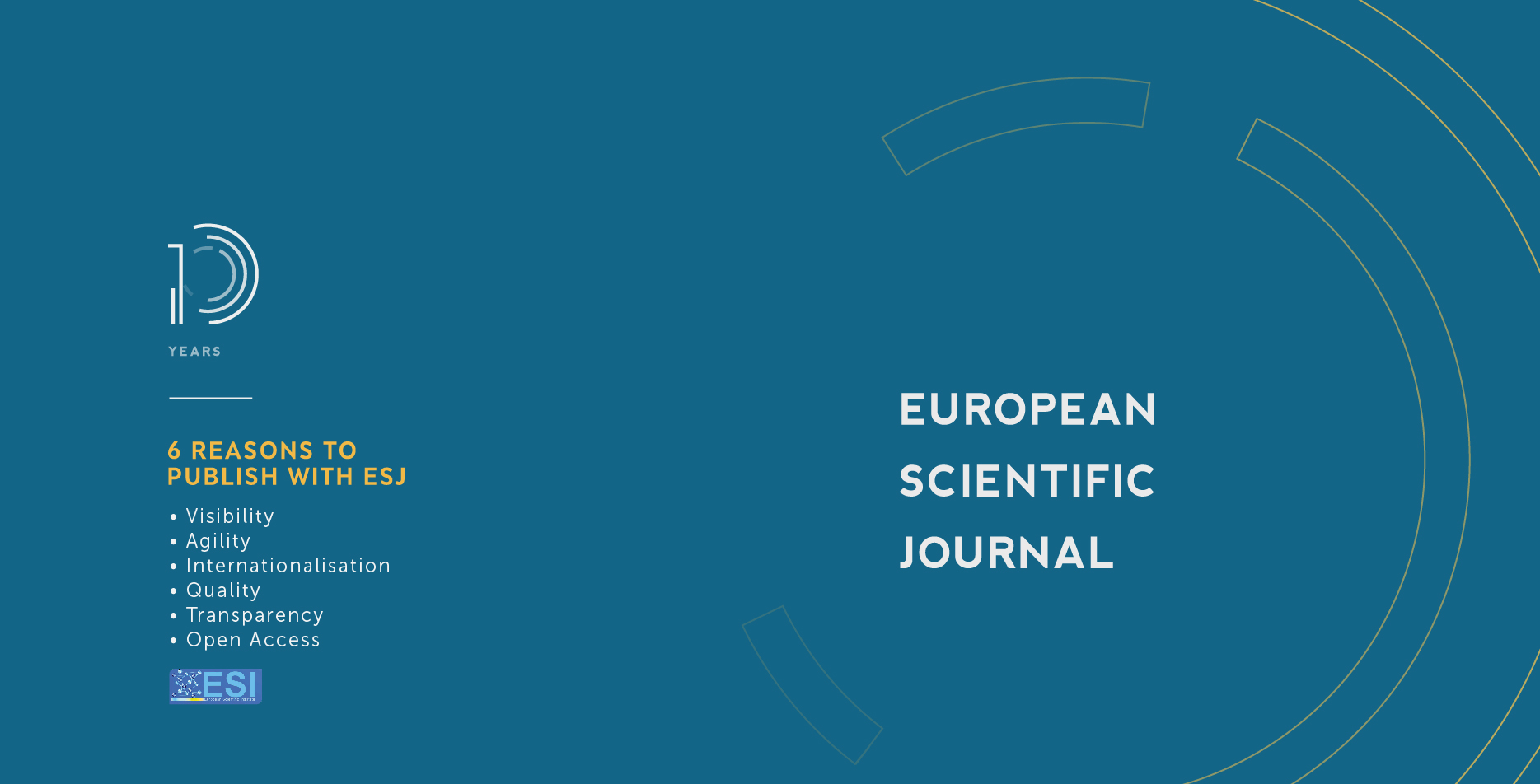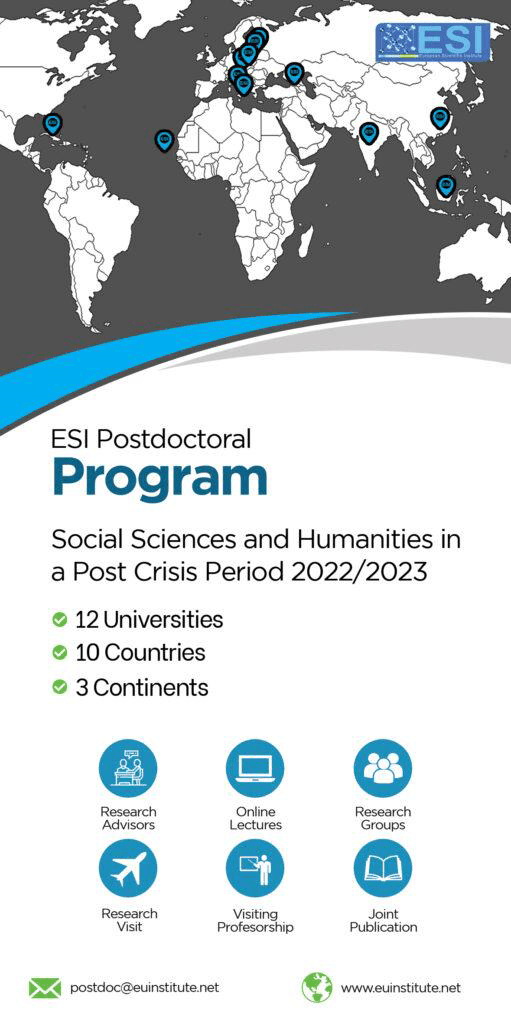Design of a Miniaturized Implantable PIFA with DGS for the Investigation of Uterus Fibroids
Abstract
Continuous follow-up of unusual fibroids growth in the uterus is critical for minimizing the unwanted complexities of female’s certain health conditions. This article presents an implantable circular-shaped multi-facet PIFA for early detection of uterus fibroids. The radius of the circular antenna is 7.5 mm with the dimension of π × (7.5)2 × 1.58 mm3. The antenna has maximum return loss of 37 dB at 2.43 GHz, is suitable for ISM band use. Being low profile makes it entirely implantable in uterus. To expand the radiation efficiency and enhance the bandwidth two dielectric substrates of FR-4 and Rogers RO 3210 with each thickness of 0.79 mm are utilized. Top and bottom sides of the antenna have covered with Teflon to ensure biocompatibility. Defected ground structure has been used for size reduction as well as bandwidth increase. The performance of the antenna is also investigated in free space, biocompatible layer, and uterus layer. The estimated specific absorption rate is 0.36 W/kg when implanted in uterus.
Downloads
Metrics
PlumX Statistics
Copyright (c) 2021 Mousume Samad, Mostafizur Rahman, S. M. Shamim

This work is licensed under a Creative Commons Attribution-NonCommercial-NoDerivatives 4.0 International License.








